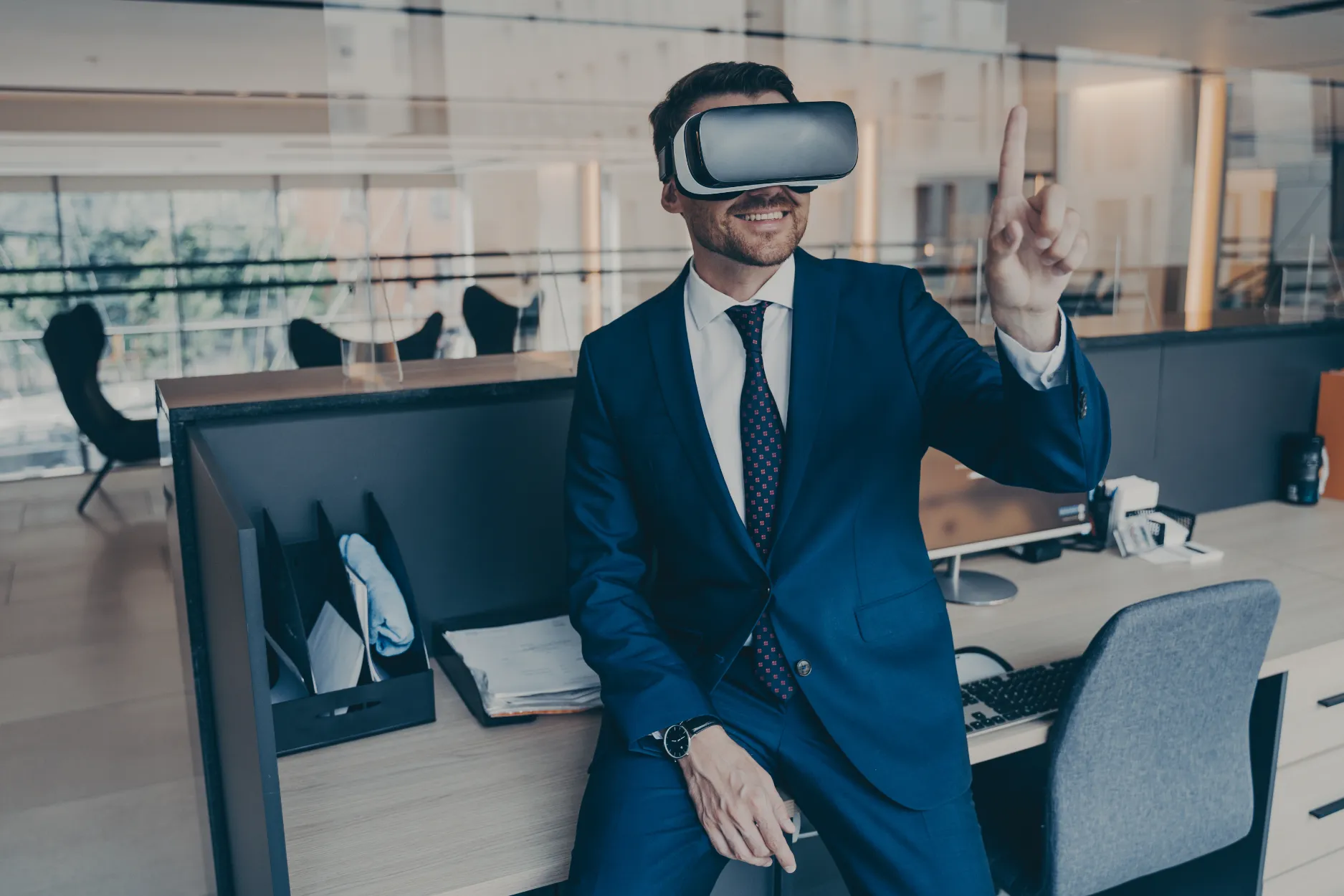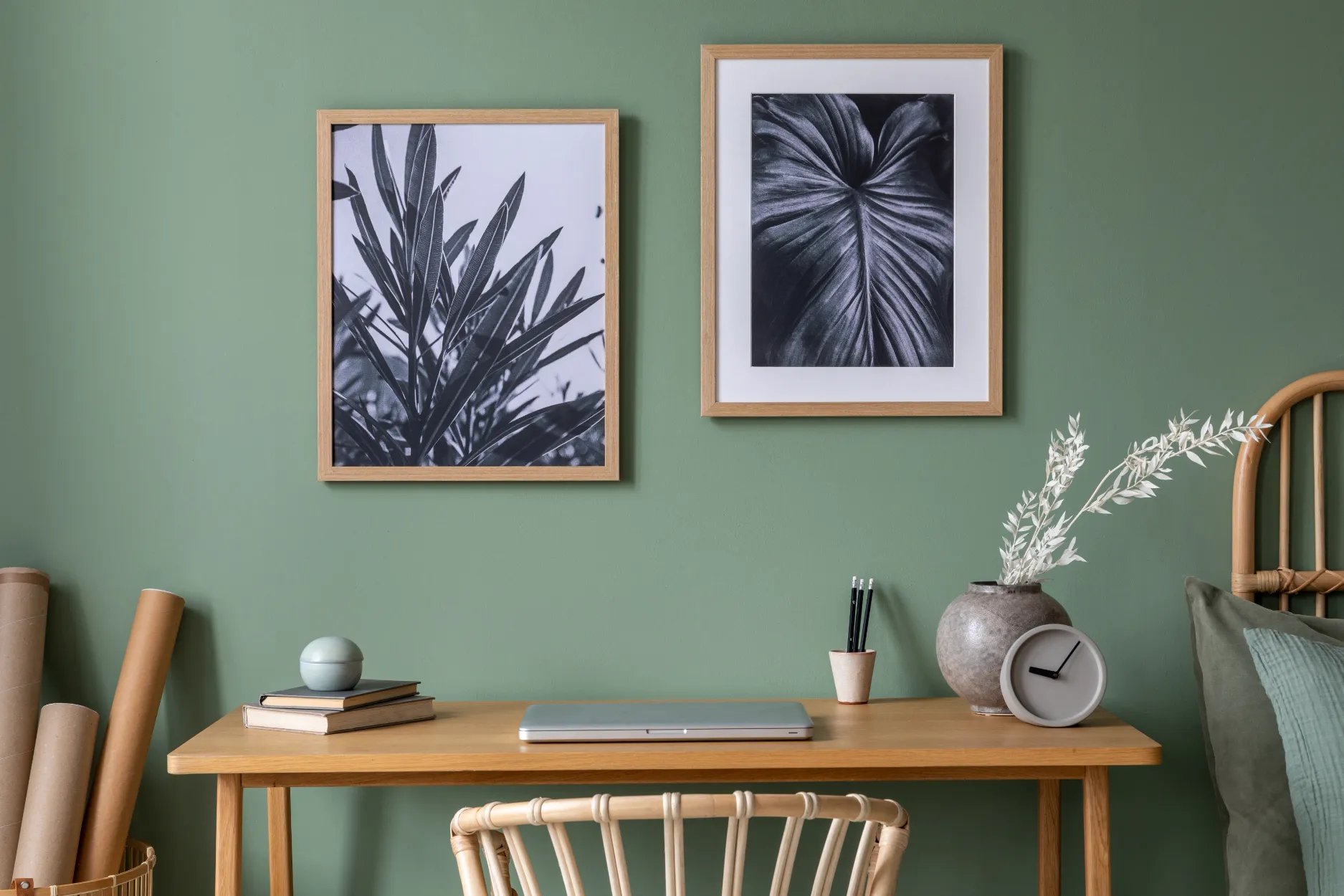
In a world where digital transformation is continually revolutionizing various industries, interior design is no exception. Gone are the days when interior designers relied solely on blueprints and sketches to convey their vision to clients. Today, technology has ushered in a new era of interior design, one where immersive 3D visualization plays a pivotal role in transforming ideas into reality. In this blog, we'll embark on a journey through the exciting realm of 3D visualization, exploring its immense potential and how it's reshaping the interior design landscape.
Interior Design Meets Technology: The intersection of technology and interior design has given rise to a digital transformation that is redefining the way designers work. With the help of cutting-edge software and hardware, interior designers can now create virtual replicas of spaces, enabling clients to experience their designs in a more immersive way. This fusion of creativity and technology opens up new horizons for interior designers, allowing them to push boundaries and explore uncharted territories.
Enhancing the Client Experience: 3D visualization has the power to revolutionize the client experience in interior design. Clients can step into their future homes virtually, gaining a profound understanding of the proposed designs. This not only enhances their comprehension but also fosters a deeper connection with the project. Clients can provide feedback in real time, leading to more collaborative and client-centric designs. In this digital age, interior designers are no longer limited to presenting static drawings; they can provide their clients with dynamic and interactive experiences.
Virtual Reality (VR) and Augmented Reality (AR): These technologies have emerged as game-changers in interior design. VR offers fully immersive experiences, where clients can don a headset and "walk" through their future homes. This immersive experience allows them to see every detail of the design, from the layout to the color scheme and even the lighting. AR, on the other hand, overlays digital elements in the real world, making it possible to visualize how furniture and decor will fit into a space. With AR, clients can see how a new sofa will look in their living room or how a piece of art will complement their bedroom.
3D Modeling Software: Tools like SketchUp, Blender, and AutoCAD have become staples for interior designers. They enable the creation of highly detailed 3D models, making it easier to experiment with different layouts, materials, and lighting conditions. These software solutions empower designers to bring their ideas to life in a digital realm, enabling them to test and refine their designs before implementing them in the physical world.
Smart Home Integration: Technology in interior design extends beyond aesthetics. Integrating smart home systems into designs has become increasingly popular, allowing for the seamless control of lighting, temperature, and security through mobile devices. With the push of a button on a smartphone or a voice command to a smart assistant, homeowners can create the perfect ambiance for any occasion. This integration not only enhances convenience but also elevates the overall design and functionality of the space.

Furniture and Decor: 3D visualization isn't limited to entire room designs. Interior designers can now showcase individual furniture pieces and decor items in stunning 3D detail. This helps clients make informed decisions about which items best suit their space. Imagine being able to virtually "try out" different sofas, chairs, and tables in your living room before making a purchase. This level of detail and customization is made possible through 3D visualization, ensuring that clients are fully satisfied with their choices.
Material Selection: Choosing the right materials is a critical aspect of interior design. With 3D visualization, designers and clients can explore different textures, colors, and finishes virtually, ensuring that the final choice aligns with the overall design concept. Whether it's selecting the perfect flooring material or deciding on the ideal countertop for a kitchen, 3D visualization simplifies the decision-making process by providing a realistic preview of how materials will look and feel in the space.
Competitive Advantage: Embracing 3D visualization gives interior design firms a competitive edge. It demonstrates a commitment to innovation and an ability to deliver exceptional client experiences. In an industry where creativity and innovation are highly valued, integrating 3D visualization into the design process can set a firm apart from the competition. Clients are increasingly seeking designers who can provide them with immersive 3D previews, and firms that can deliver on this expectation are more likely to attract and retain clients.
Efficiency and Cost Savings: 3D visualization can streamline the design process by reducing the need for costly revisions and physical prototypes. It allows designers to catch potential issues early, saving both time and money. Traditional design processes often involve multiple rounds of revisions, which can be time-consuming and expensive. With 3D visualization, designers can spot design flaws or inconsistencies before construction begins, minimizing the need for costly changes later on. This not only speeds up the design process but also helps keep projects within budget.

Houzz is a prime example of a platform that leverages technology to connect homeowners with interior designers. Their 3D visualizer tool empowers users to experiment with different design elements, inspiring both clients and designers. Houzz has created a vibrant online community where users can browse thousands of interior design ideas, connect with professionals, and even shop for products directly through the platform. This comprehensive approach to interior design inspires creativity and collaboration among homeowners and designers alike.
IKEA's AR app allows customers to visualize how furniture will look in their homes before making a purchase. This showcases the potential of AR in the retail sector and inspires interior designers to think creatively. IKEA's innovative use of AR technology not only simplifies the shopping experience but also encourages customers to explore different design possibilities. By allowing customers to see how furniture fits into their existing spaces, IKEA enhances the decision-making process and reduces the likelihood of returns or exchanges.
Behance is a treasure trove of creative 3D design projects. Browsing through the platform can spark ideas and introduce designers to new techniques and styles. Behance serves as a global showcase for designers to share their work and gain recognition within the creative community.
Interior designers can draw inspiration from the diverse range of 3D projects featured on Behance, from architectural visualizations to product designs and immersive experiences. The platform encourages designers to push the boundaries of their craft and experiment with new technologies and artistic approaches.
Read Also: The Art Of Stock Display: Best 7 Cutting-Edge Strategies
In conclusion, the world of interior design is undergoing a remarkable transformation thanks to immersive 3D visualization. Technology is not just a tool but a driving force behind more efficient, client-centric, and visually stunning interior designs. Embracing 3D visualization is no longer an option; it's a necessity for interior designers looking to stay at the forefront of their industry.
As we gaze towards the horizon of innovation, a beacon of light shines brightly: Twinn Vision. This visionary platform stands at the forefront of the decor industry, offering a holistic solution that empowers manufacturers, distributors, and retailers to navigate the immersive 3D landscape with unparalleled ease.
As we continue to push the boundaries of what's possible, the limitless possibilities of 3D visualization are sure to inspire us all to design beyond boundaries. In a world where imagination knows no limits, 3D visualization empowers us to turn our wildest design dreams into reality.
FAQs
Embracing 3D visualization offers interior design firms a competitive advantage by showcasing their commitment to innovation. It also streamlines the design process, reducing costly revisions and saving both time and money, ultimately improving project efficiency and profitability.
The blog highlights Virtual Reality (VR) and Augmented Reality (AR) for immersive experiences, 3D modeling software for detailed design exploration, and smart home integration for enhanced functionality as key technologies reshaping interior design.
3D visualization allows clients to virtually step into their future spaces, providing a realistic preview of the design. This immersive experience fosters better comprehension and engagement, leading to more collaborative and client-centric designs.